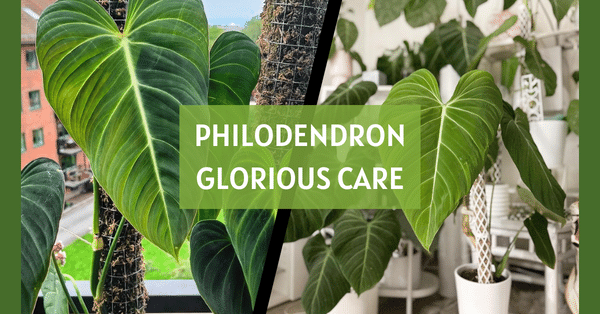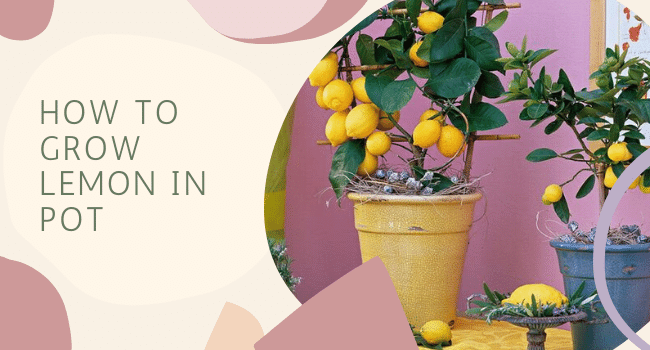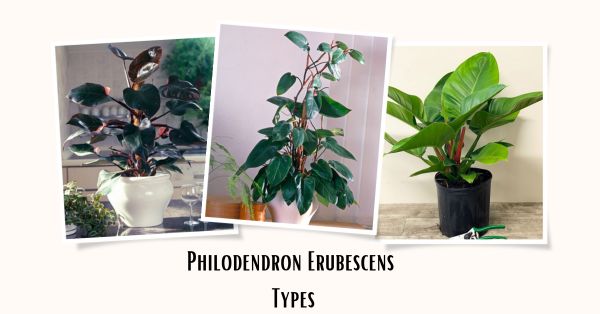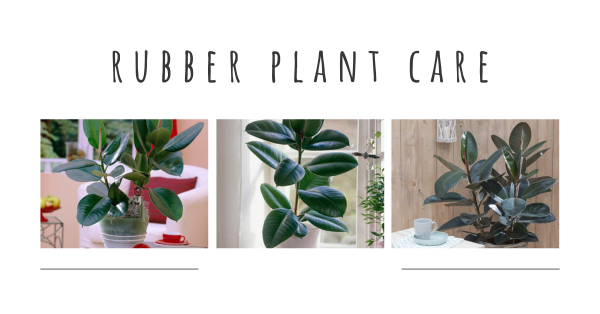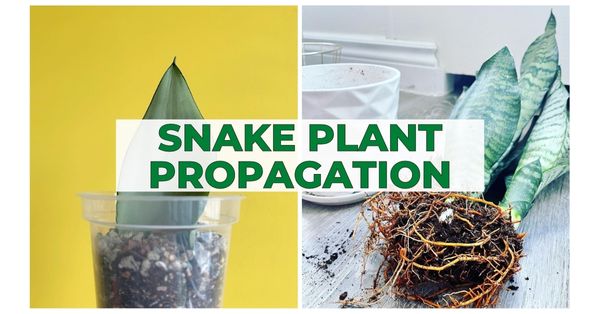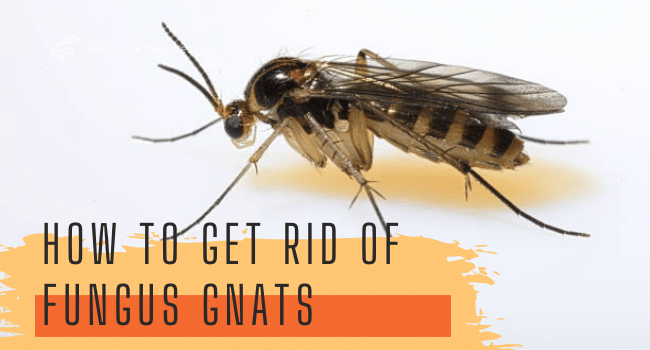How to Propagate Wandering Jew in Water
Wandering Jew is a magnificent plant used both as groundcover and houseplant. Learn how to propagate Wandering Jew in the water!
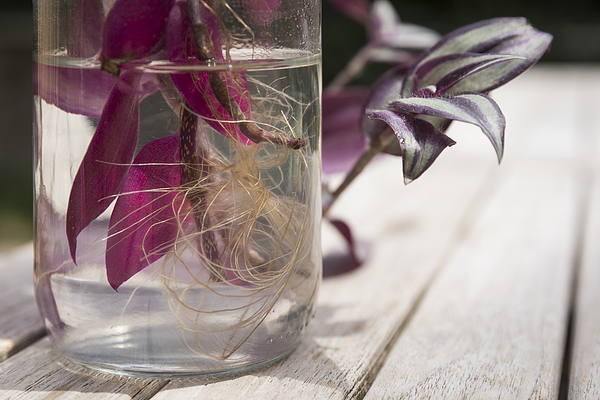
Wandering Jew is a stunning houseplant that showcases both solid and variegated foliage. It’s possible to propagate Wandering Jew by cutting in water and potting mix. By propagating Wandering Jew in water, you’ll be able to see the roots forming. Also, Wandering Jew roots faster in water compared to the potting mix. Here is all you need to know about propagating Wandering Jew in the water.
Botanical Name: Tradescantia zebrina
Common Names: Inch plant, Spiderwort, Silver Inch Plant, Wandering jew, Wandering dude
Don’t forget to check out these Houseplants that grow in the water!
How to Propagate Wandering Tradescantia Zebrina in Water
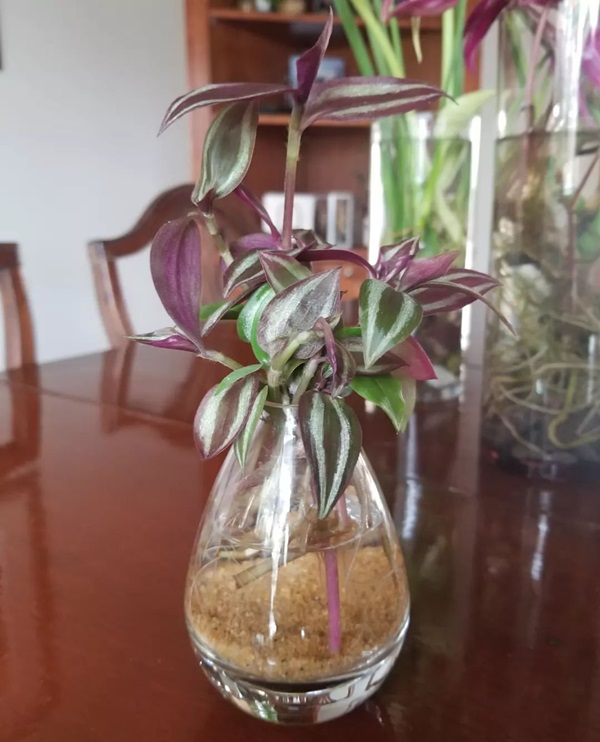
The ideal time to propagate Wandering Jew in water is in the growing season, spring and summer. If you use tap water for propagation, allow it to sit for 24 hours so that chlorine dissipates. Also, make sure the pruning shears or razor you use to take a cutting is sharp and sterilized. Here is the step-by-step tutorial on propagating tradescantia zebrina in the water.
- Take 4-6 inches long cutting at an angle just below the leaf node.
- Remove leaves from the bottom half of the cutting, leaving a couple of leaves at the top.
- Put the cutting in a thin jar or glass filled with water, so the leaves remain above water.
- Locate the cutting at a warm spot where it receives bright indirect light and ensure to change water weekly.
- Soon roots will start to grow and be ready for transplant when they are a couple of inches long.
- Transplant cutting in a well-draining organic potting mix!
You have successfully propagated Wandering Jew in the water!
Can you Grow Wandering Jew in Water Permanently?
It’s possible to keep growing Wandering Jew in the water forever! You must supplement the water with liquid nutrients once or twice a month. This hydroponic solution will keep Wandering Jew thriving without potting mix. Change water at least once a month or when it turns murky to prevent root rot.
